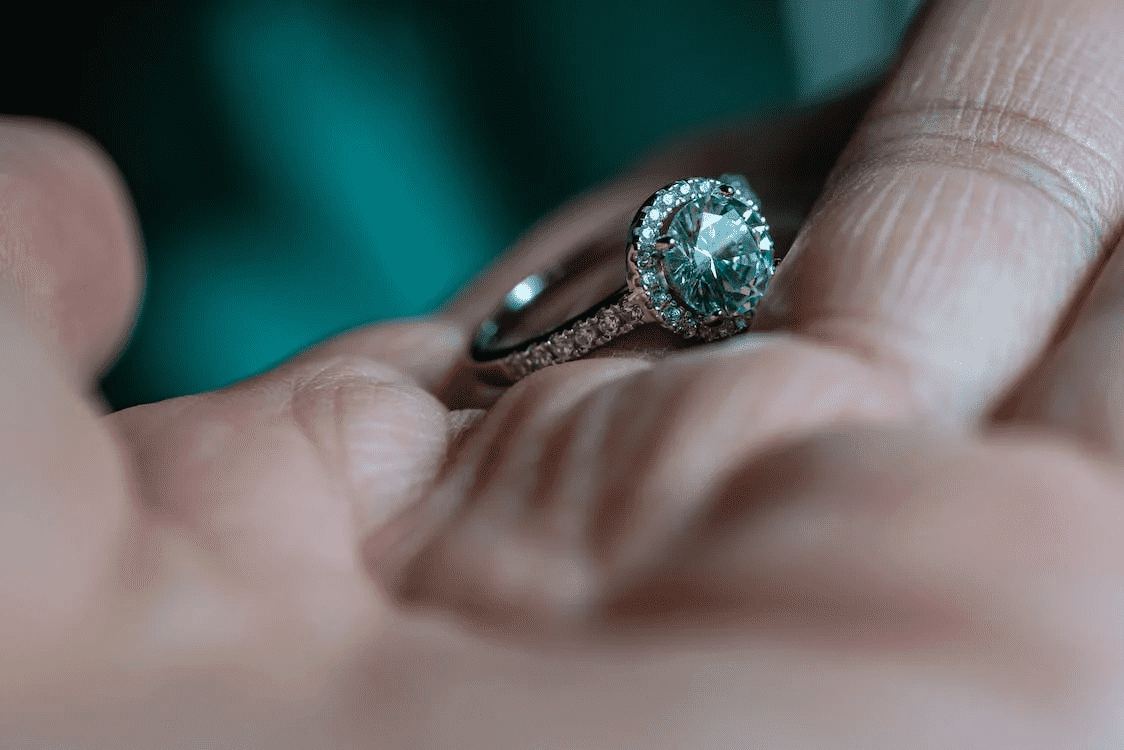In today’s world, the quest for sustainability and ethical practices has become a defining factor in various industries, including the realm of fine jewelry. As environmental awareness grows, so does the emphasis on recycled gold and lab-grown diamonds. This comprehensive examination explores the significance, benefits, and implications of these innovative concepts, underscoring their transformative impact on the jewelry industry.
Table of Contents
Understanding Recycled Gold
Recycled gold represents a progressive shift from traditional gold sourcing methods. Unlike conventional mining, which can inflict considerable damage on ecosystems and involve labor-intensive processes, recycled gold is derived from existing sources such as old jewelry, electronic waste, and industrial by-products. This approach minimizes the need for new gold extraction and aligns with sustainable practices.
Environmental Impact of Recycled Gold
One of the most compelling advantages of recycled gold is its environmental benefits. Traditional gold mining often leads to habitat destruction, soil erosion, and water pollution. By reusing gold, the demand for new mining is significantly reduced, thus preserving natural habitats and conserving resources. Additionally, recycled gold minimizes the adverse effects on local wildlife and ecosystems, offering a more eco-friendly alternative.
Reduction in Pollution
The traditional gold mining process is notorious for its pollution levels. The extraction and processing of gold involve the use of toxic chemicals such as cyanide and mercury, which can contaminate water supplies and soil. Recycled gold bypasses these harmful practices, leading to cleaner production processes with less waste and fewer emissions. This results in a more environmentally responsible approach to gold production.
Energy Efficiency of Recycled Gold
Energy consumption is another critical factor in gold production. Mining new gold requires substantial energy, contributing to a higher carbon footprint. Recycled gold, however, demands significantly less energy for refining and processing. This efficiency not only reduces greenhouse gas emissions but also contributes to a more sustainable production cycle.
Economic Advantages
In addition to environmental benefits, recycled gold presents economic advantages. The cost of recycling gold is generally lower than that of mining new gold, as it circumvents the high costs associated with extraction, transportation, and processing. This can lead to more affordable pricing for consumers while supporting a more sustainable supply chain.
Exploring Lab-Grown Diamonds
Lab-grown diamonds are revolutionizing the diamond industry by offering an ethical and environmentally friendly alternative to natural diamonds. Created using advanced technological processes, lab-grown diamonds possess the same physical and chemical properties as their natural counterparts but are produced without the associated ethical and environmental concerns.
Ethical Considerations
Lab-grown diamonds are a game-changer in terms of ethical practices. Traditional diamond mining has been linked to human rights abuses, including child labor and unsafe working conditions. By contrast, lab-grown diamonds are produced in controlled environments with strict ethical standards, ensuring that no such issues are present in their creation.
Environmental Impact of Lab-Grown Diamonds
The environmental impact of lab-grown diamonds is notably lower compared to natural diamond mining. Natural diamond extraction involves extensive land disturbance and significant water usage. Lab-grown diamonds, however, are created in laboratory settings using controlled processes that minimize environmental disruption. This approach leads to a reduction in habitat destruction and water pollution, contributing to a more sustainable industry.
Quality and Value
Lab-grown diamonds are virtually indistinguishable from natural diamonds in terms of quality. They possess the same brilliance, hardness, and clarity, making them a compelling choice for consumers seeking high-quality gemstones. Furthermore, lab-grown diamonds are often more affordable than natural diamonds due to the lower costs associated with their production. This affordability, combined with ethical and environmental benefits, makes lab-grown diamonds an attractive option for conscientious consumers.
Market Trends and Consumer Preferences
As awareness of ethical and environmental issues grows, consumers are increasingly turning to lab-grown diamonds and recycled gold. The demand for these sustainable alternatives is rising, influencing market trends and driving innovation in the jewelry industry. Jewelers are responding to this shift by offering a wider range of products that align with these values, catering to a growing audience of environmentally and ethically minded customers.
The Future of Sustainable Jewelry
The integration of recycled gold and lab-grown diamonds into the jewelry market represents a significant step toward a more sustainable and ethical industry. As technology advances and consumer preferences evolve, the adoption of these practices is expected to increase, leading to further innovations and improvements in sustainable jewelry.
Technological Advancements
Ongoing advancements in technology are enhancing the capabilities of both recycled gold and lab-grown diamonds. Innovations in recycling processes and diamond synthesis are making it possible to produce high-quality materials with even greater efficiency and lower environmental impact. These developments promise to further solidify the role of sustainable practices in the jewelry industry.
Consumer Awareness and Education
Raising awareness and educating consumers about the benefits of recycled gold and lab-grown diamonds is crucial for driving widespread adoption. By providing transparent information about the environmental and ethical advantages of these alternatives, the industry can empower consumers to make informed choices and support sustainable practices.
Conclusion
The shift towards recycled gold and lab grown diamonds marks a pivotal moment in the fine jewelry industry. These sustainable alternatives offer significant environmental, ethical, and economic benefits, transforming the way we approach jewelry production and consumption. As we move forward, embracing these practices will be essential for fostering a more responsible and sustainable future in the world of fine jewelry.

